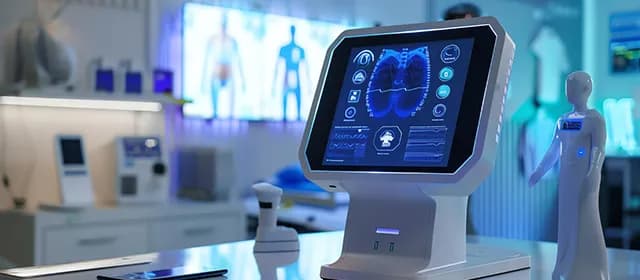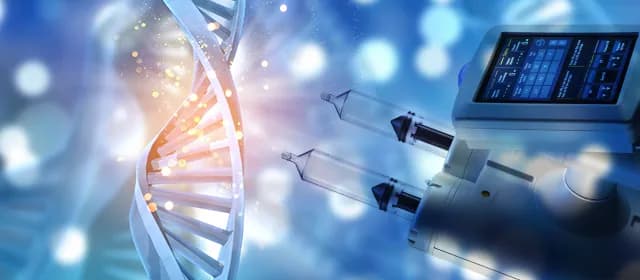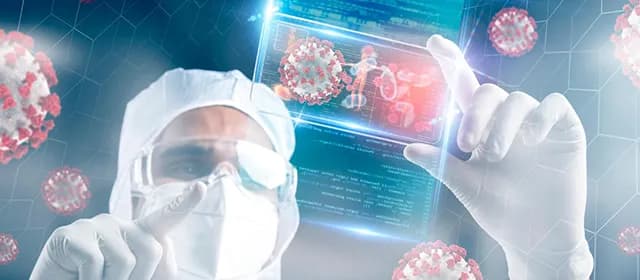Medical devices are integral to the healthcare and life sciences sector, significantly influencing patient outcomes. To ensure patient safety and satisfaction, manufacturers must continually innovate their devices, often incorporating software solutions. However, while software offers numerous benefits, it also introduces the risk of defects and bugs. Therefore, thorough testing is essential.
Successful medical device testing requires expertise in the domain, familiarity with local and federal regulations, knowledge of device functionalities, and robust infrastructure to support testing processes. According to Kings Research, the global medical device testing market is projected to reach a valuation of $15.84 billion by 2030. In this article, we will be discussing about this billion-dollar industry.
What is Medical Device Testing?
Medical device testing is the crucial process of evaluating the performance, safety, and regulatory compliance of medical devices. It ensures that innovative designs can be transformed into reliable products ready for market.
This testing encompasses various assessments, including:
- Design validation testing: Assessing performance, toxicity, chemical analysis, and sometimes human factors or clinical trials.
- Biocompatibility testing: Different levels of testing based on device classification, following ISO 10993 guidance for biological safety.
- Electrical, mechanical, and functional safety testing: Ensuring the safety and reliability of device components and overall functionality.
- Package testing: Evaluating device packaging to meet safety and regulatory standards.
- Wireless coexistence testing: Ensuring wireless medical devices can function alongside other devices in diverse environments.
- EMC (Electromagnetic Compatibility) testing: Assessing compliance with EMC standards to prevent interference with other devices and minimize susceptibility to external interference.
4 Best Practices of Medical Device Testing
Ensuring quality and reliability in medical device testing requires implementing best practices. Key considerations include:
- Regulatory compliance: Adhering to regulatory requirements for testing, verification, and validation ensures the quality and reliability of medical equipment.
- Comprehensive testing protocols: Prioritizing thorough testing protocols ensures that medical devices are functional, perform well, and are safe and usable.
- Partnership with reputable testing labs: Collaborating with trusted medical device testing labs offers valuable insights and ensures rigorous testing for safety and efficacy.
- Design for usability: Incorporating human factors and usability considerations during the design phase helps mitigate user errors and enhances the safety and effectiveness of medical devices.
How to Ensure Medical Device Testing Accuracy?
Ensuring the accuracy of medical device testing involves several key measures. First, comprehensive testing protocols must be established to evaluate all aspects of the device's performance, safety, and functionality accurately. This includes validation and verification processes, where detailed documentation is provided to validate and verify the design, components, manufacturing processes, and quality assurance practices associated with the device. Implementing quality management systems and collaborating with reputable testing labs are also crucial for accuracy. Adherence to regulatory requirements and continuous monitoring and evaluation of testing processes and results further contribute to accurate and reliable outcomes. These measures collectively ensure the safety, effectiveness, and compliance of medical devices.
Why is Medical Device Testing Crucial for 2024?
Thorough testing of medical devices is essential for various reasons. Firstly, it safeguards patient safety by identifying and mitigating potential flaws or risks associated with the device. Rigorous testing ensures that devices are safe for use, reducing the likelihood of harm or adverse effects on patients.
Additionally, adherence to regulations is crucial in the realm of medical device testing. Stringent standards must be met before devices can enter the market. Testing ensures compliance with these regulations, confirming the device's legality and suitability for sale.
Quality assurance is another key aspect of testing medical devices. Through comprehensive protocols, device functionality, performance, and reliability can be evaluated. This guarantees that devices meet desired quality standards and operate effectively, providing accurate healthcare solutions.
Furthermore, testing plays a vital role in identifying design flaws or performance issues. By conducting thorough assessments, potential problems can be detected and addressed, leading to improved device design and functionality. This enhances usability and efficacy, benefiting both healthcare providers and patients.
Considerations for usability and user experience are also integral to medical device testing. Evaluating user interactions helps identify challenges and improve device satisfaction, ultimately enhancing patient outcomes.
Lastly, verification and validation processes ensure that devices meet the required standards and specifications. This prevents the use of faulty devices on patients and ensures reliable healthcare solutions.
Overcoming Challenges in Ensuring Device Safety and Reliability
The testing of medical devices presents various challenges that demand efficient resolution to uphold their safety, efficacy, and reliability. These challenges include:
- Compatibility Across Systems: Ensuring seamless compatibility with diverse systems poses a significant challenge. Devices must function harmoniously with various software and hardware configurations to guarantee optimal performance.
- Security Risks: Mitigating the risks of security breaches is essential to safeguarding patient data and device integrity. Robust security measures must be implemented to prevent unauthorized access and protect sensitive information.
- Durability and Fatigue Resistance: Rigorous testing is necessary to assess the durability and fatigue resistance of medical devices. Devices must withstand prolonged use and exposure to various environmental conditions without compromising their functionality or safety.
- Regulatory Compliance: Meeting stringent regulatory standards is imperative for the approval and marketability of medical devices. Compliance with regulations ensures that devices adhere to established safety and quality requirements.
- Software Component Testing: Testing software components presents unique challenges, including interoperability and reliability. Ensuring the seamless integration and functionality of software within medical devices is essential for optimal performance and user experience.
By effectively addressing these challenges, businesses can ensure the successful testing and deployment of medical devices that meet regulatory standards and inspire confidence in their performance and safety.
Final Note
Medical device testing stands as a pivotal stage in the development and production of electronic medical devices. Employing a diverse array of testing types and methodologies, manufacturers uphold standards of functionality, performance, safety, and usability. Real-world case studies serve as a testament to the successful implementation of testing practices.
Prioritizing comprehensive testing protocols enables electronic medical device contract manufacturing companies to adhere to regulations, produce high-quality devices, and cultivate a reputation for reliability and safety. Through diligent testing efforts, manufacturers can ensure that their devices meet the stringent requirements of the healthcare industry and provide optimal outcomes for patients and healthcare professionals alike.




